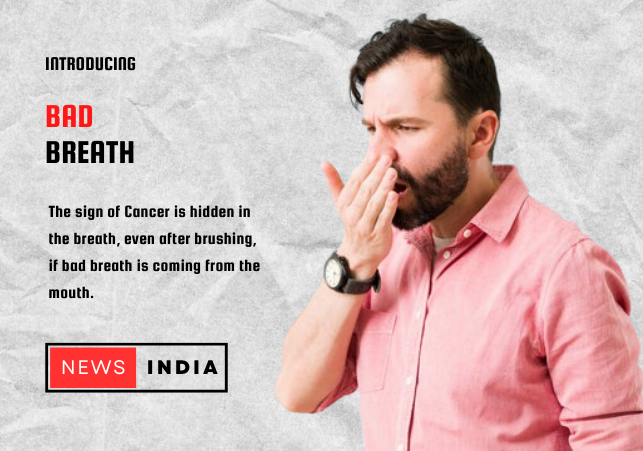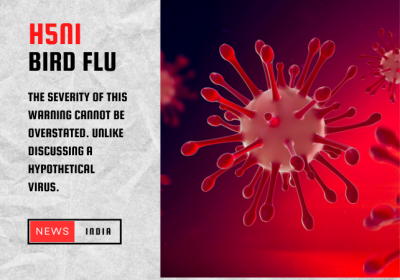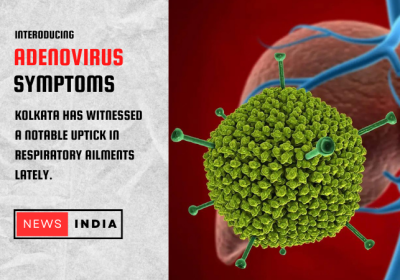Bad breath , Sign of Cancer
Unveiling the Stealthy Symptom: Bad Breath and its Connection to Cancer
Understanding the Significance
* Bad breath, often disregarded as a trivial issue, can sometimes be an indicator of more profound underlying conditions, including cancer.
* Despite regular oral care routines, persistent foul odour from the mouth warrants immediate attention and investigation.
* Emerging research highlights lousy breath as a potential early sign of laryngeal cancer, emphasising the importance of vigilance and timely medical evaluation.
The Silent Herald: Bad Breath and Cancer
* Cancer, a formidable adversary, can manifest in various forms, each presenting its unique set of challenges and symptoms.
* Amidst this array of manifestations, bad breath stands out as a surprisingly common yet often overlooked sign of underlying health issues.
* Persistent bad breath, unyielding even after meticulous oral hygiene practices, could serve as a crucial indicator of cancer, necessitating prompt medical attention.
Statistics and Trends
* In 2020, approximately 184,615 individuals worldwide were diagnosed with laryngeal cancer, highlighting the pervasive nature of this disease.
* Encouragingly, over the past decade, there has been a steady decline of 2% to 3% annually in mortality rates associated with laryngeal cancer, underscoring the impact of early detection and intervention.
Risk Factors and Vulnerable Demographics
* Certain demographics face a higher risk profile for laryngeal cancer, including individuals around the age of 60 and men compared to women.
* These disparities underscore the complex interplay of genetic, environmental, and lifestyle factors influencing cancer development and progression.
Recognising the Signs
* A noticeable change in voice, persisting for more than three weeks, serves as a primary indicator of laryngeal cancer and warrants immediate medical evaluation.
* Other symptoms such as difficulty swallowing, neck lumps, chronic cough, unexplained weight loss, and fatigue should not be overlooked, as they could signify underlying malignancies.
Treatment and Proactive Measures
* Early diagnosis is often the linchpin of successful outcomes in cancer treatment.
* Interventions such as endoscopic surgery or radiation therapy offer promising avenues for combating laryngeal cancer and restoring health.
* Addressing bad breath requires proactive measures beyond dental care, including regular oral hygiene practices, adequate hydration, and a balanced diet.
Conclusion: Empowering Awareness and Action
* By recognising the significance of bad breath as a potential indicator of cancer, individuals can take proactive steps towards early detection, timely intervention, and better outcomes in the fight against this formidable disease.
* Heightened awareness, coupled with vigilance and proactive healthcare practices, is critical to identifying and addressing cancer in its early stages, ultimately leading to improved prognosis and quality of life.






